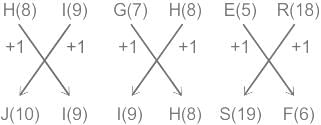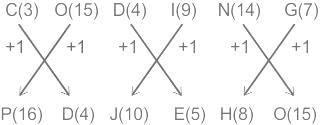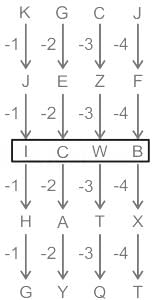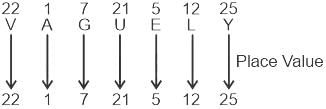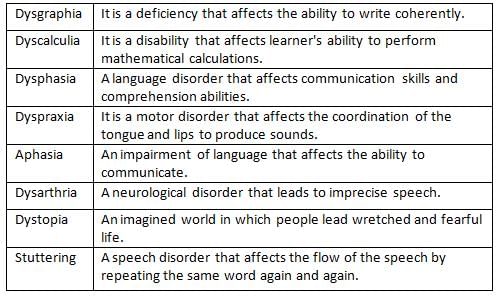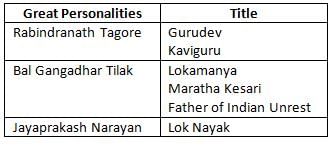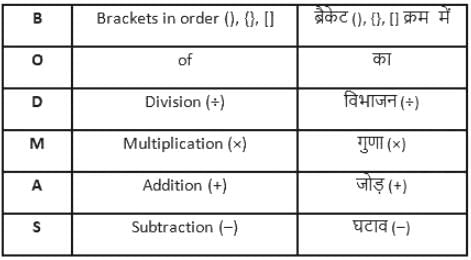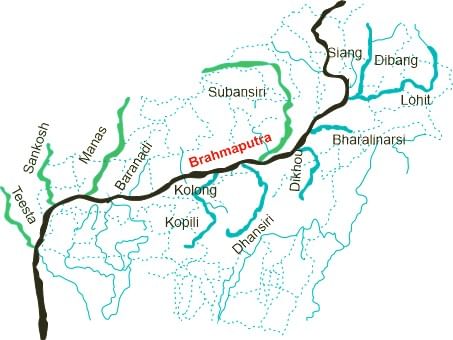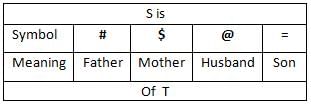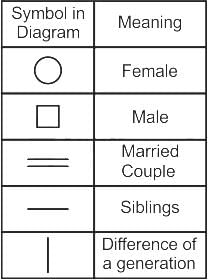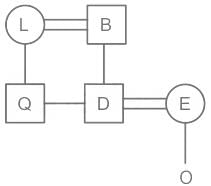RRB PRT Teacher Mock Test- 5 - RRB NTPC/ASM/CA/TA MCQ
30 Questions MCQ Test - RRB PRT Teacher Mock Test- 5
Which one of the following is not based on constructivist approach?
Which of the following teaching methods assume that the whole group can give more ideas than a person?
In a certain code language, HIGHER is written as JIIHSF. How will CODING be written in that language?
Which letter cluster will replace the question mark (?) to complete the given series?
KGCJ, JEZF, ?, HATX, GYQT
Usually Ravi spends 70% of his income. His income increases by 25% and his expenditure also increases by 10%. Find the percentage increase in his savings.
In which of the following states of India is the Dree festival celebrated?
If A is equal to 1, V is equal to 22 and E is equal to 5, how would you spell 'VAGUELY'?
The balanced reaction for the following chemical reaction is:
Hydrogen + Bromine → Hydrogen bromide
Simplify.
325 + 276 ÷ [150 − {9 × 9 + (83 − 4 × 15)}]
Which among the following is not a tributary of Brahmaputra river?
If
'S # T' means S is the father of T,
'S $ T' means 'S is the mother of T',
'S @ T' means 'S is the husband of T',
'S = T' means 'S is the son of T',
then how is E related to L in the following expression?
L $ Q = B # D @ E $ O
What is the key emphasis of the NEP 2020 regarding the pedagogical structure for Early Childhood Education?
Select the option that is related to the third word on the same basis as the second word is related to the first word.
Lawyer : Judge ∷ Teacher : ?




